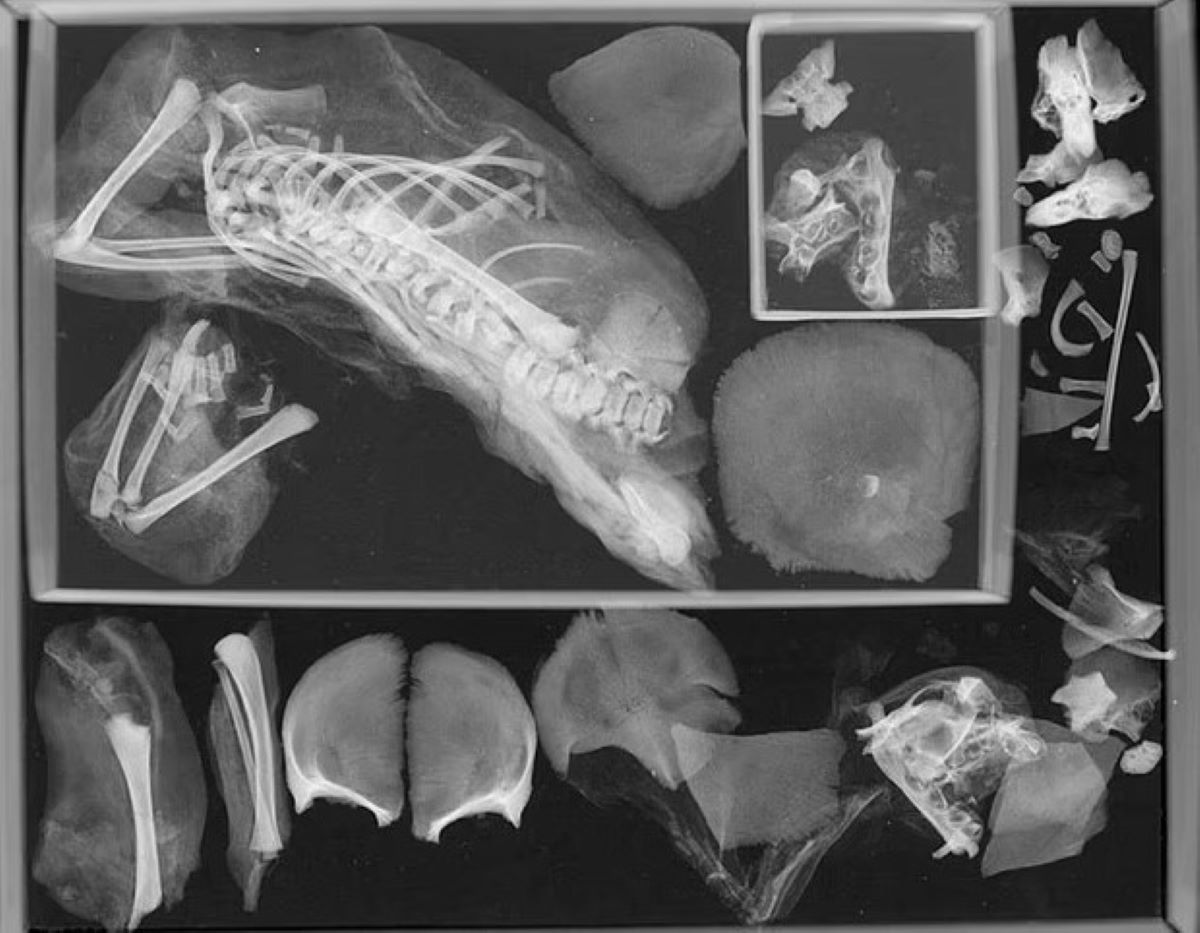
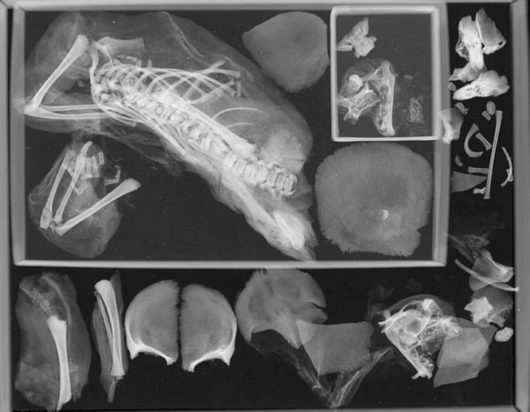
The research team at George Washington University used computed tomography (CT) to determine exactly what went wrong during birth. Source: Onlinelibreray.wiley.com
Archaeologists have made a shocking discovery after re-examining the mummified remains of a teenage mother who died in childbirth 1,500 years ago.
It is estimated that the girl was between 14 and 17 years old on the day of her death. What is the The frightening discovery is that the fetus The placenta was found in her pelvic cavity and another fetus in her breast.
in StadyResearchers analyzed the mummy of a teenage girl from ancient Egypt and found that she was about to give birth to twins when she died. The birth was incomplete after the first child's head became stuck, leading to the death of the two children and the mother.
The mummy of the teenage girl was discovered in 1908 in the Bagwat cemetery and dates back to approximately 404 to 343 BC, and researchers indicated that it was extensively covered with “a large amount of salt.” This was an ancient Egyptian practice of drying the entire body of the deceased. Initially, the fetus was found between the teenager's legs For this reason, scientists believed that she had some complications in childbirth.
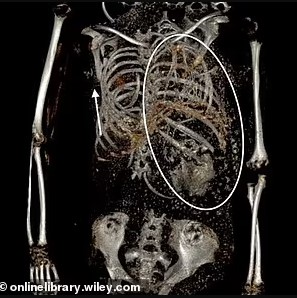
The teenager was pregnant with twins, and one of the fetuses was decapitated
A century later, a research team at George Washington University used computed tomography (CT) scans to determine exactly what went wrong at birth. The examination revealed the presence of a second fetus inside the teenage girl’s chest cavity, and it turned out that she was pregnant with twins.
They then found the headless infant between the teenager's legs. After careful examination, they found that the baby's head was still inside the mother's pelvis. They therefore estimated that the fetus had been decapitated during the birth process.
The study authors describe this The headless fetus emerges from the uterus feet first. “This is a rare find. There are many examples of women who died in childbirth in the archaeological record (one of whom was pregnant with twins). However, it has never been found in Egypt.” Francine Margolis, one of the study's authors, said:
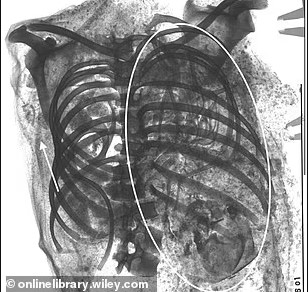
The discovery of the second fetus in the teenage girl's chest raised questions. According to the researchers, it is possible that the embalmers were not aware that the teenager was carrying twins and did not remove the second fetus before mummification. According to IFL Science, the unborn fetus may have moved from the uterus into the chest cavity as the mummy's diaphragm dissolved.
He added: “This examination of the mother and her children at birth confirms the seriousness of pregnancy and childbirth, especially in this period of time.” Write the authors of the study.
It was the ancient Egyptians They had great respect for symbolism, balance, and order. Their beliefs also extended to procreation and childbirth. A spell found on ancient papyrus says: “We will carry a male and a female in it. We will protect her from the birth of Horus, from an abnormal birth, and from the birth of twins.” So it seems that the ancient Egyptians were afraid of giving birth to twins.

“Hipster-friendly coffee fanatic. Subtly charming bacon advocate. Friend of animals everywhere.”




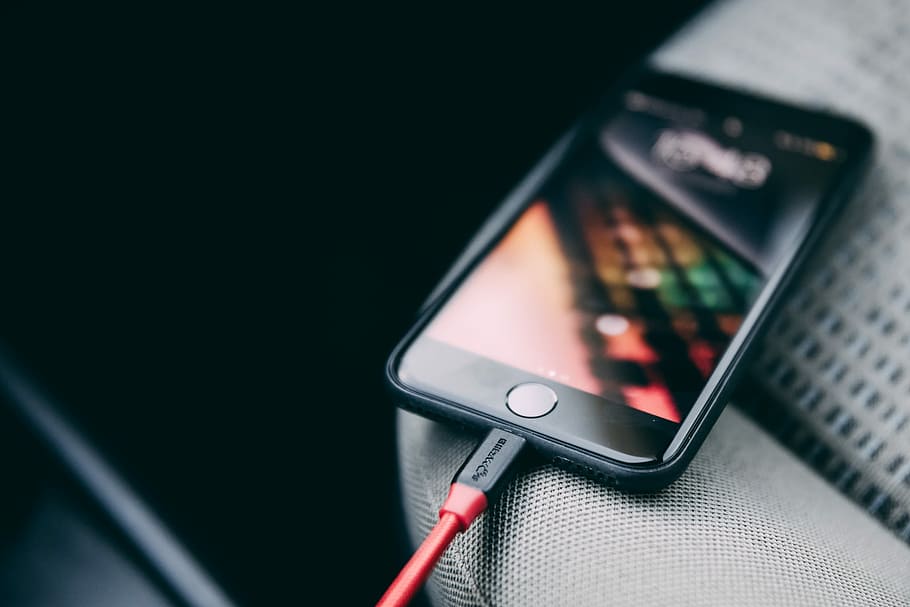
More Stories
Israel bombs Syria – the first information
“Russia should not win in Ukraine”
The man moved to a five-star, all-inclusive hotel because it was cheaper than his rent